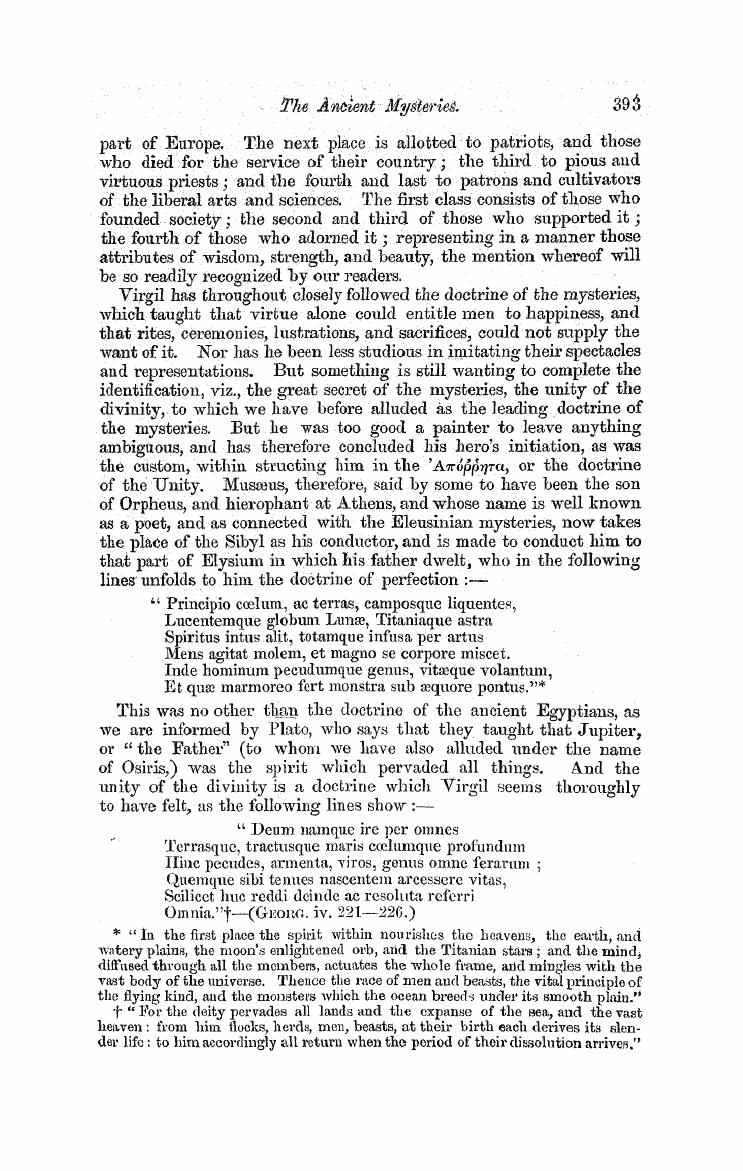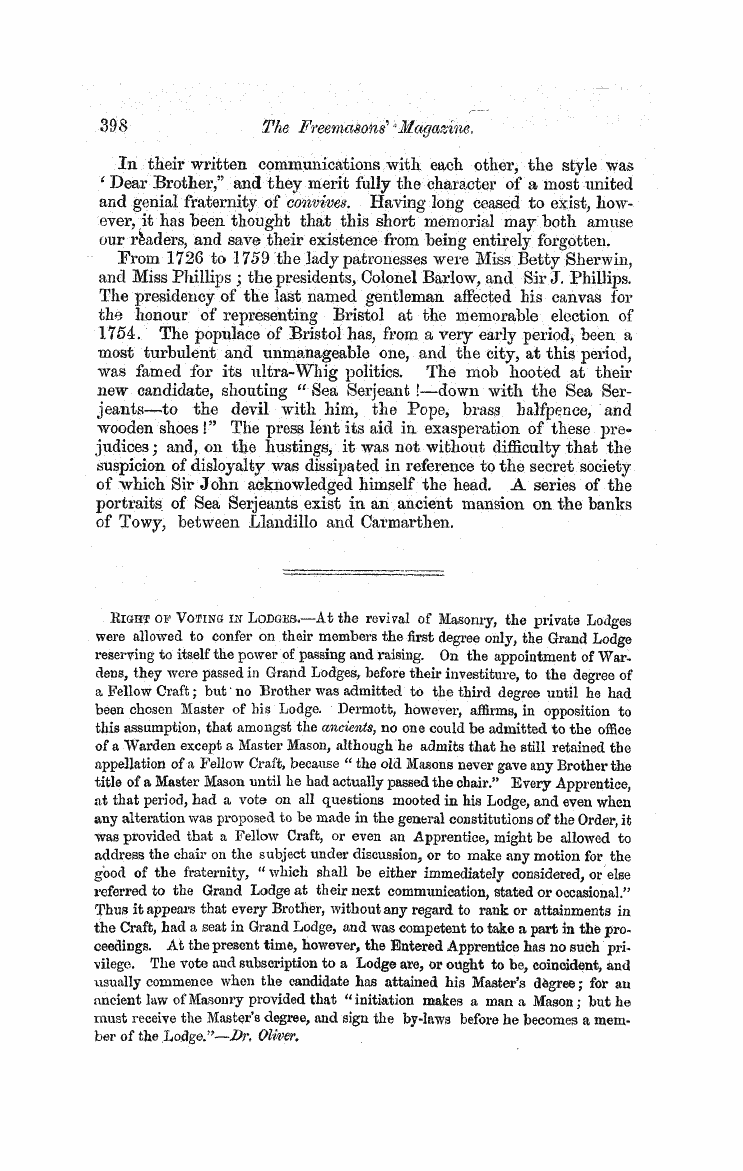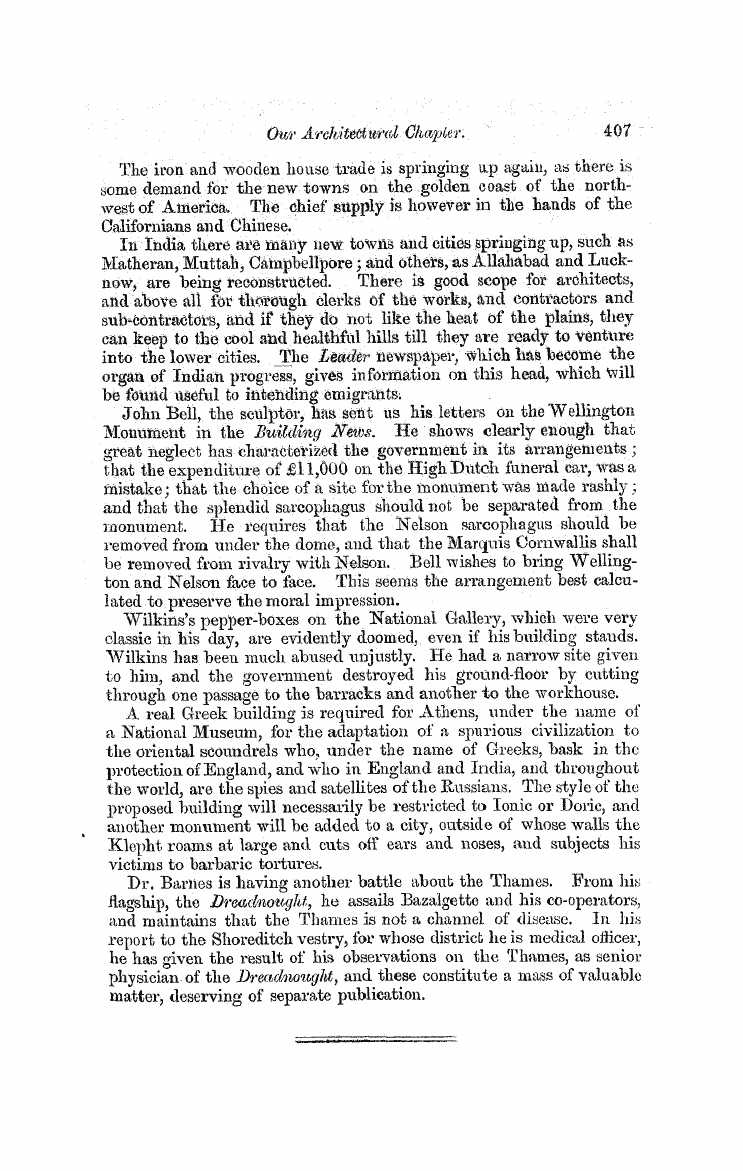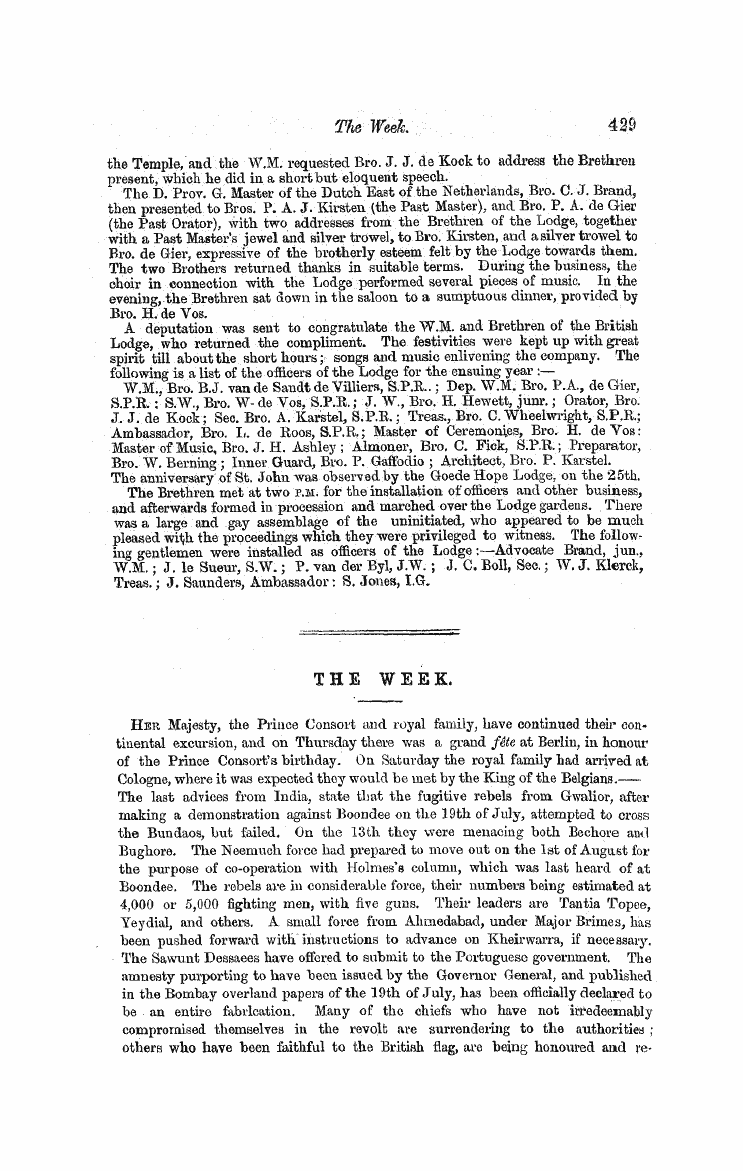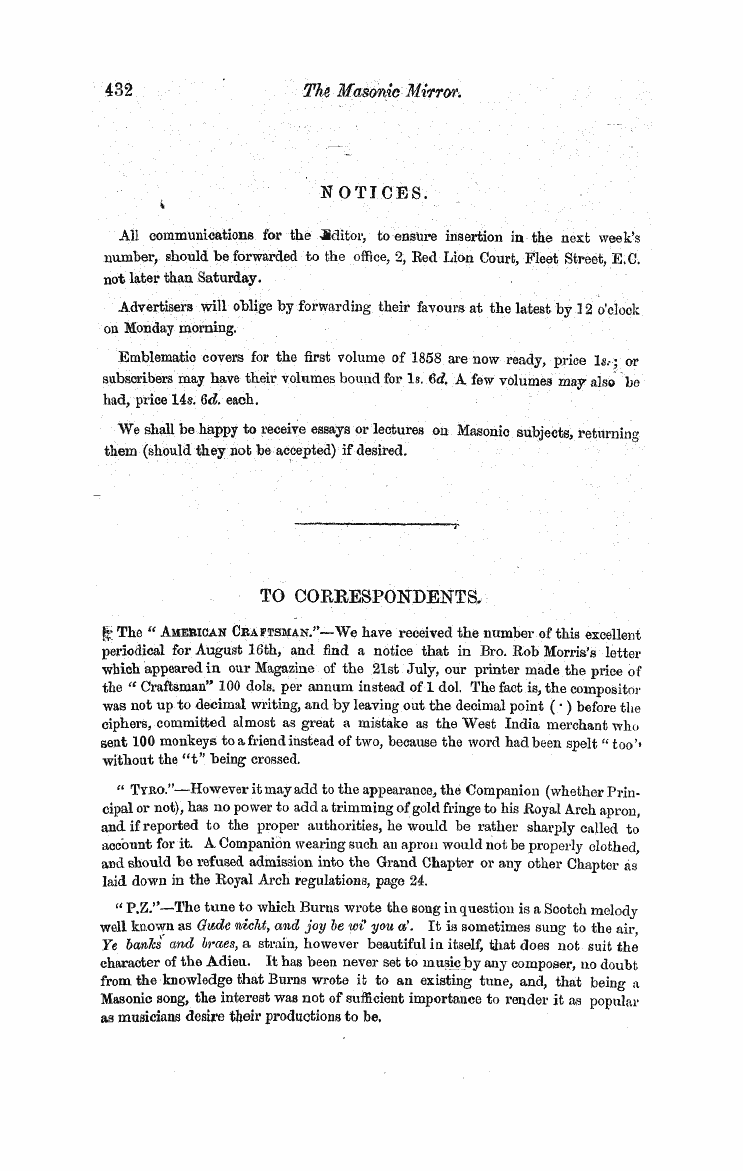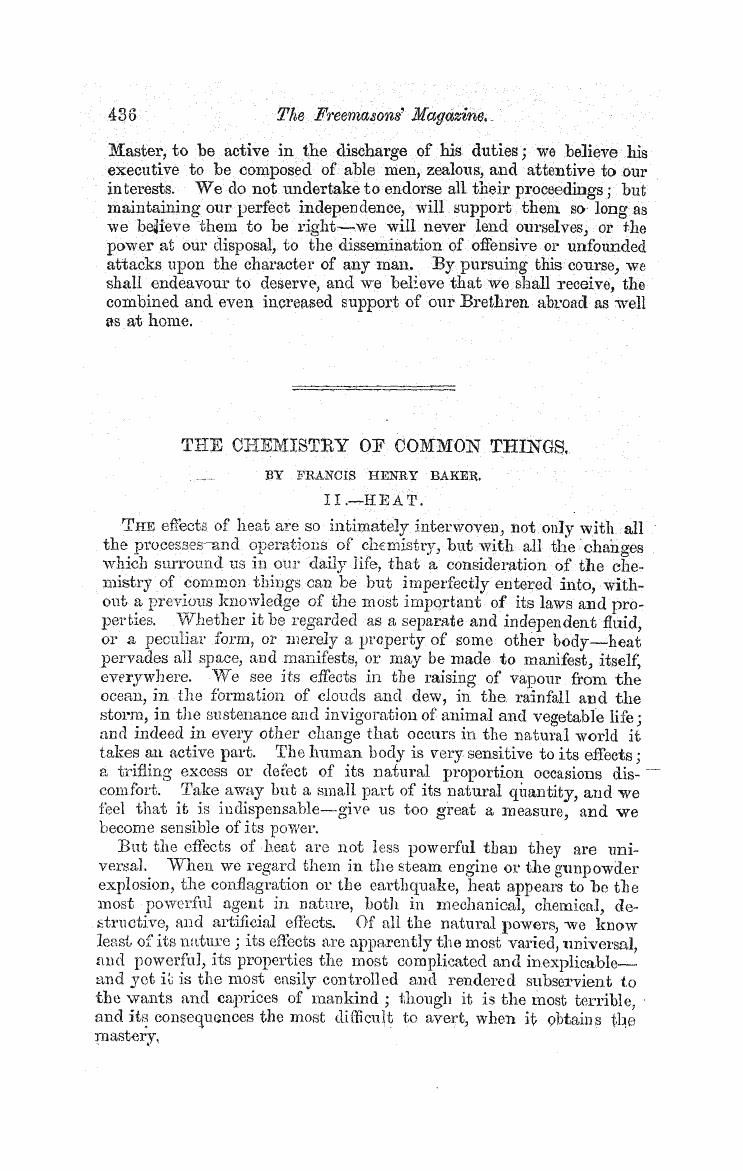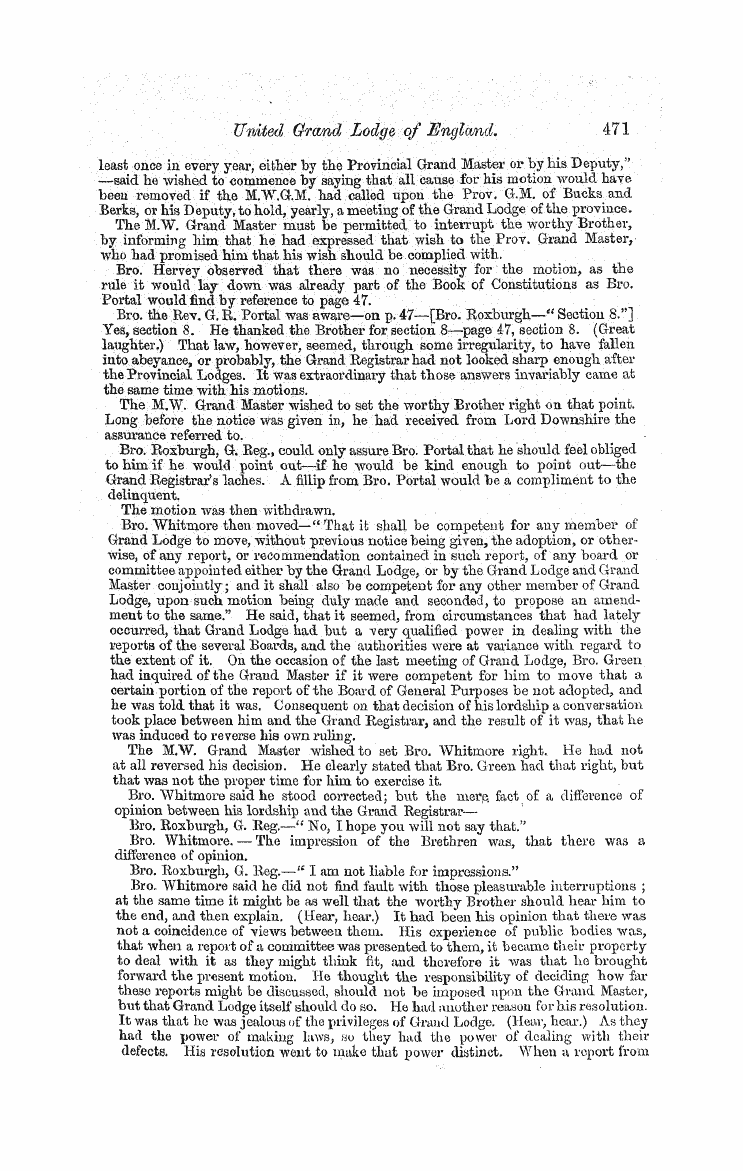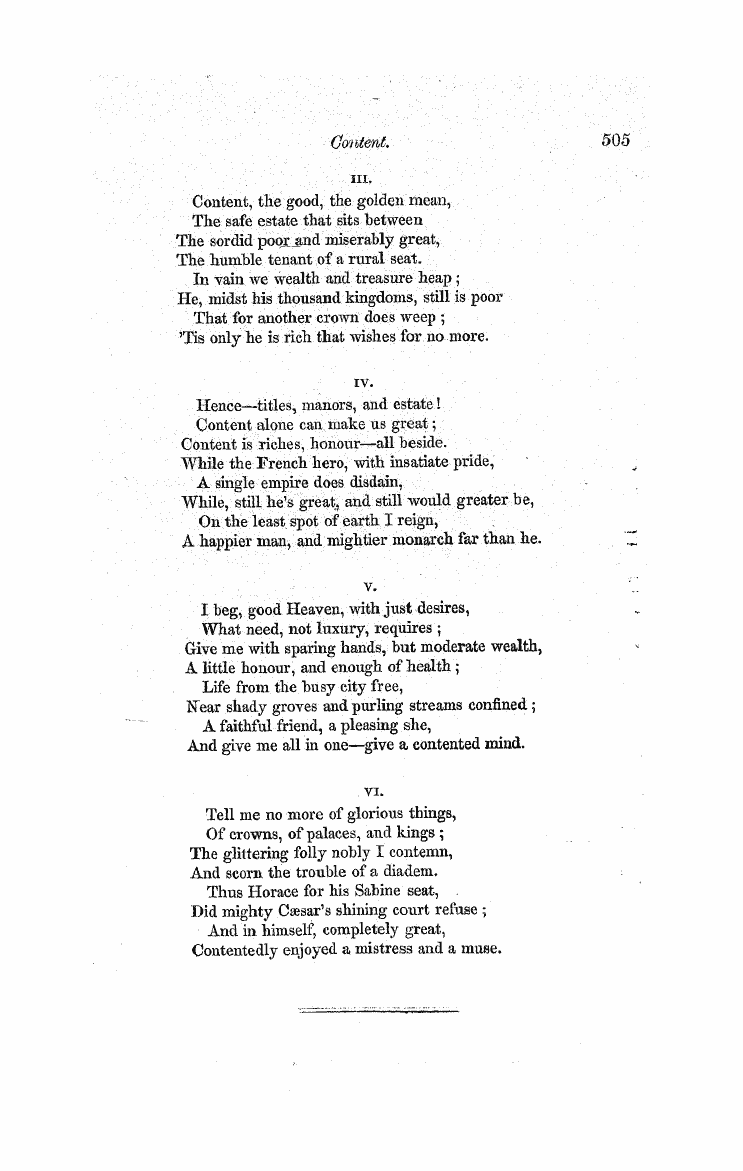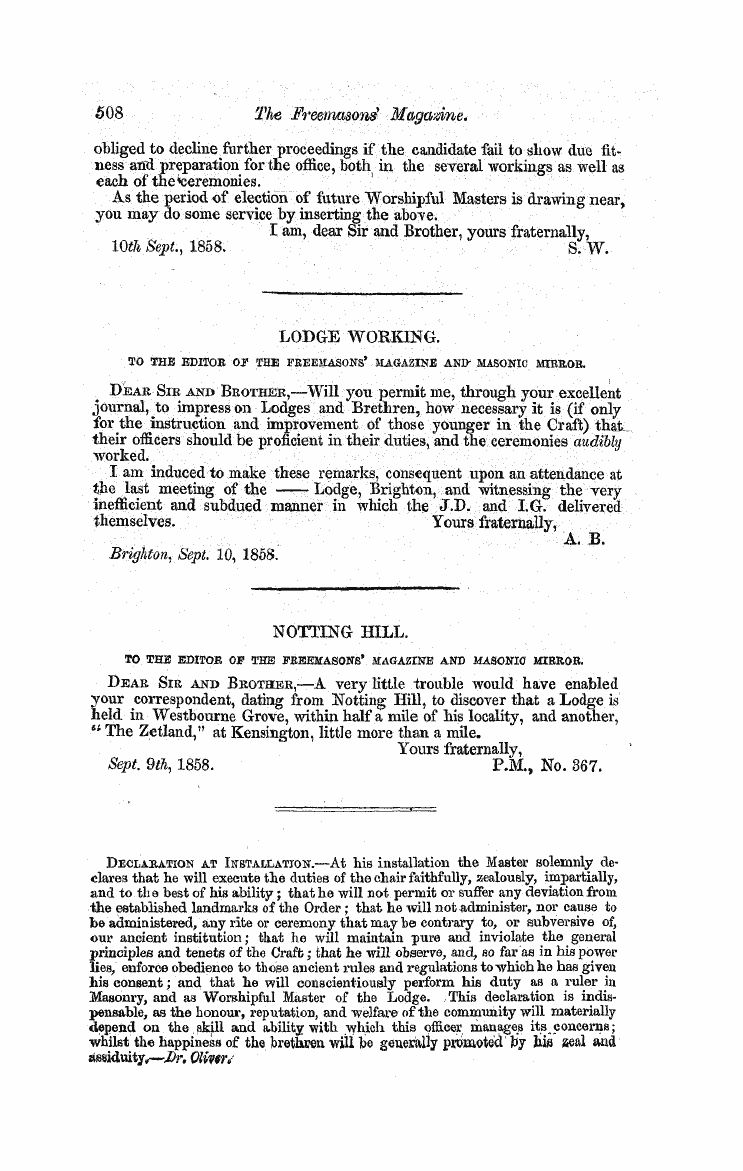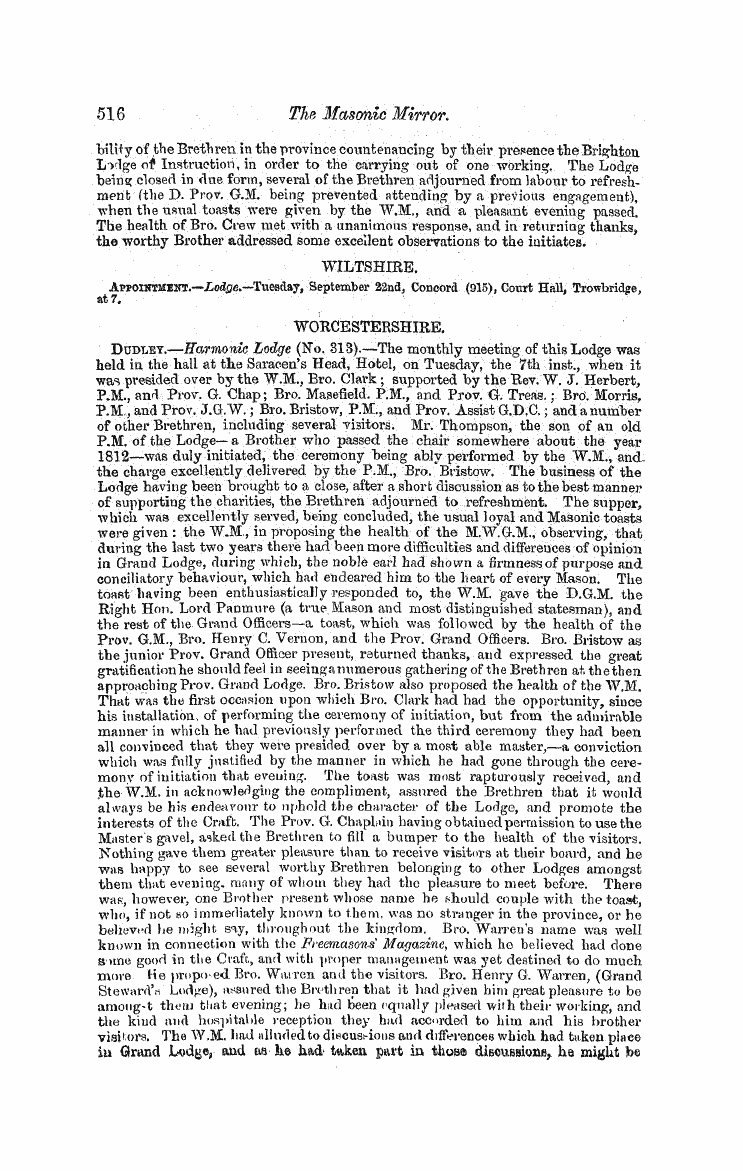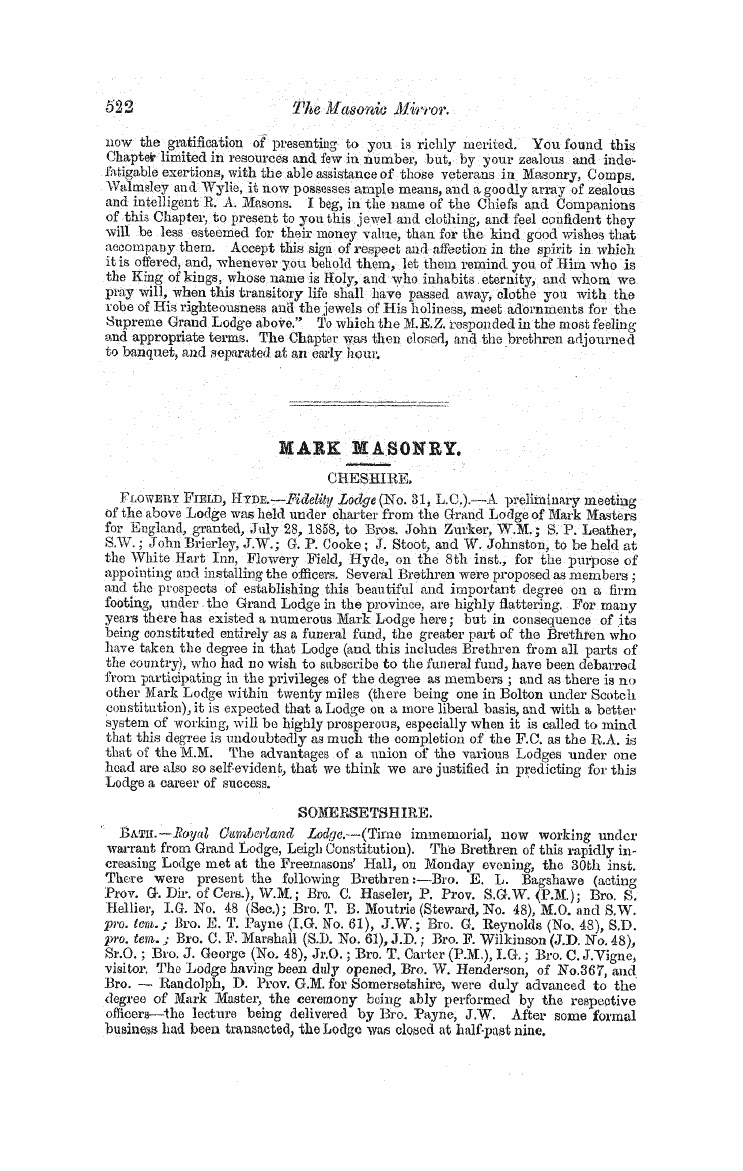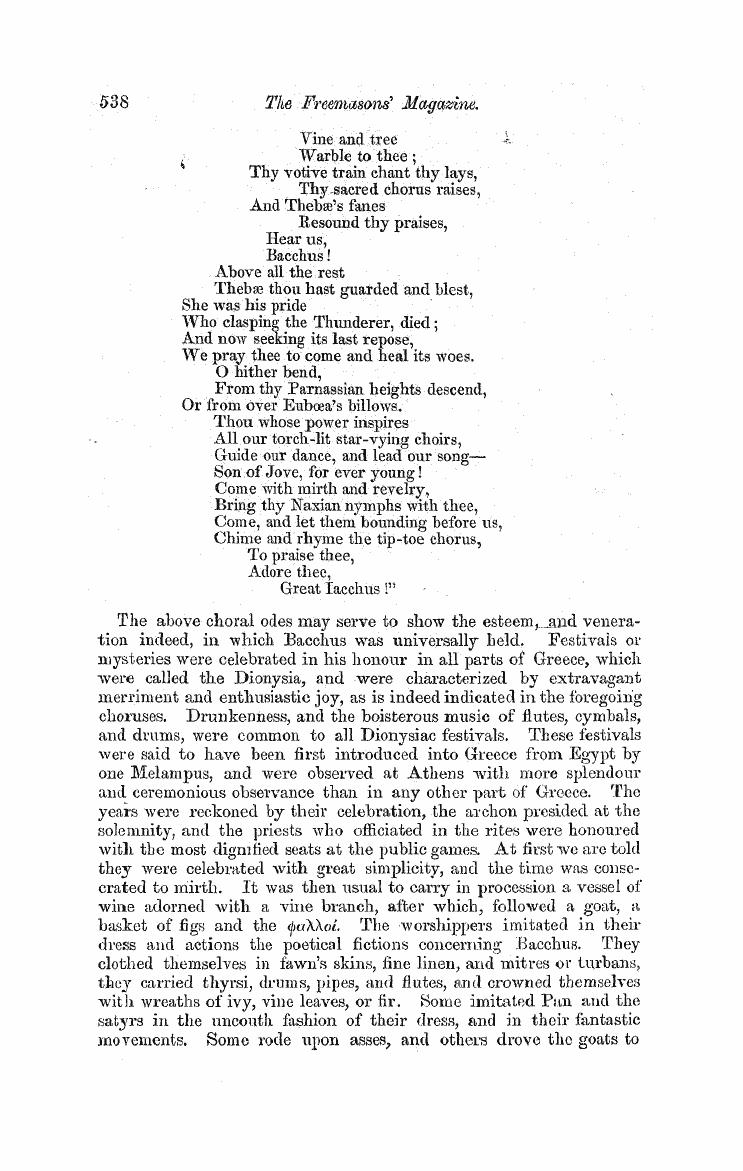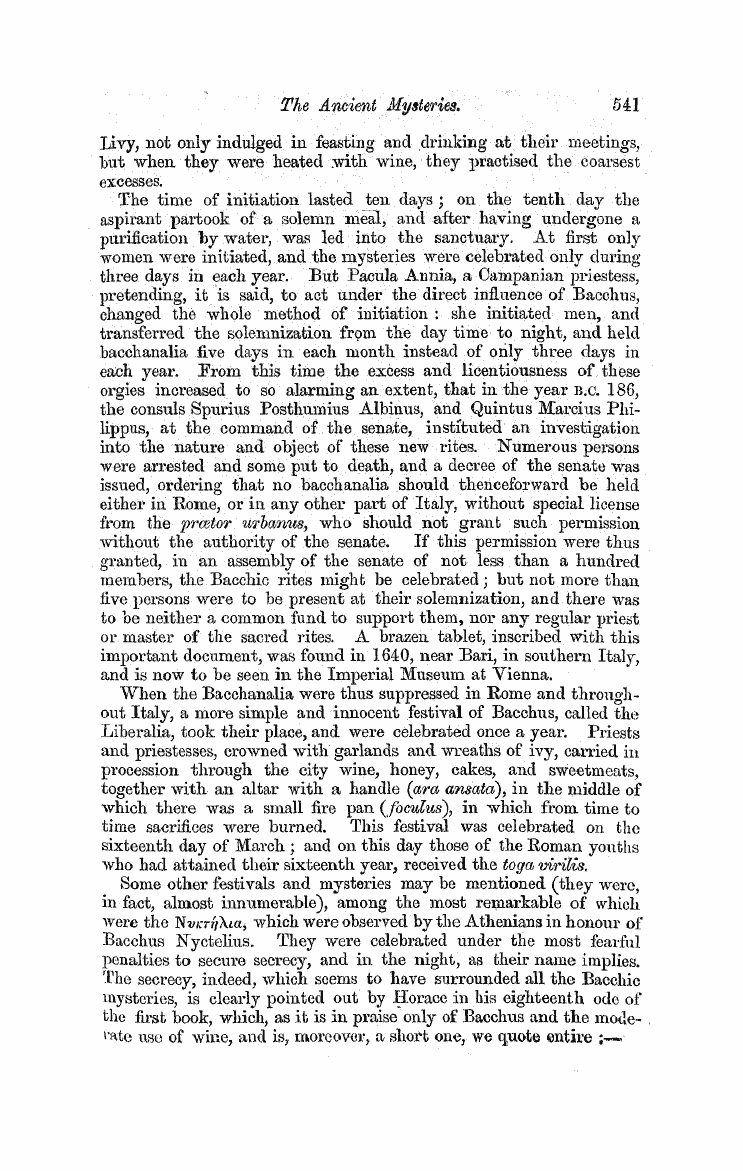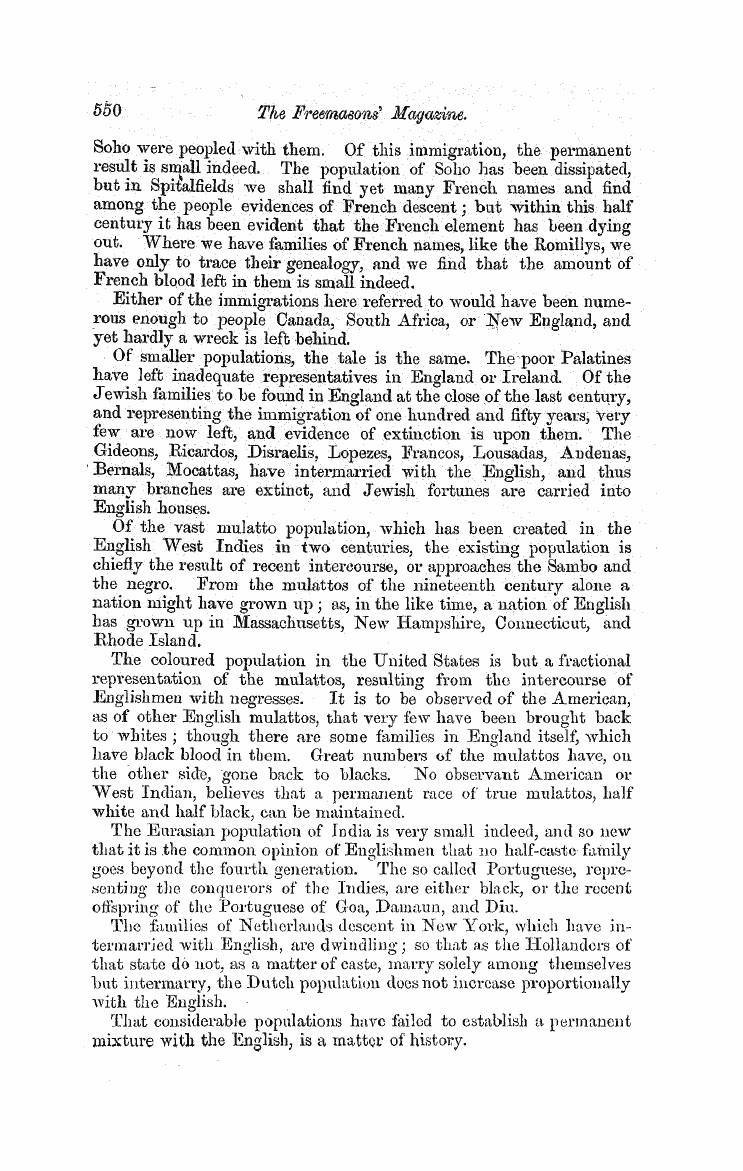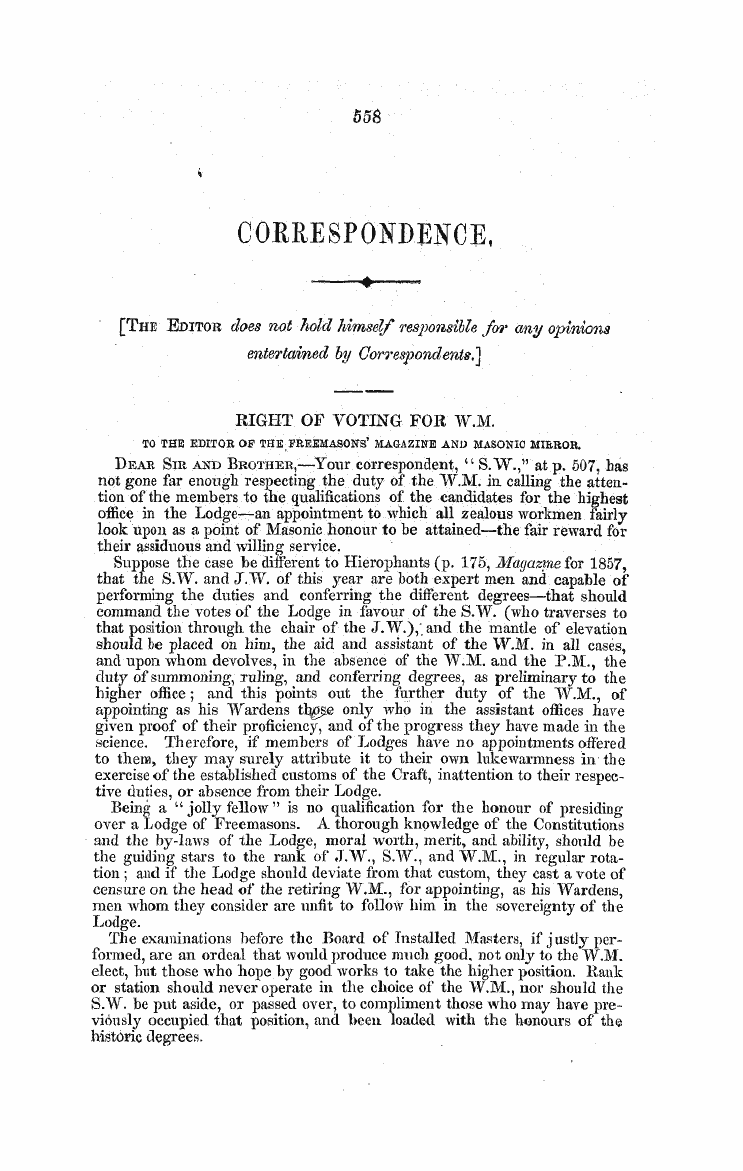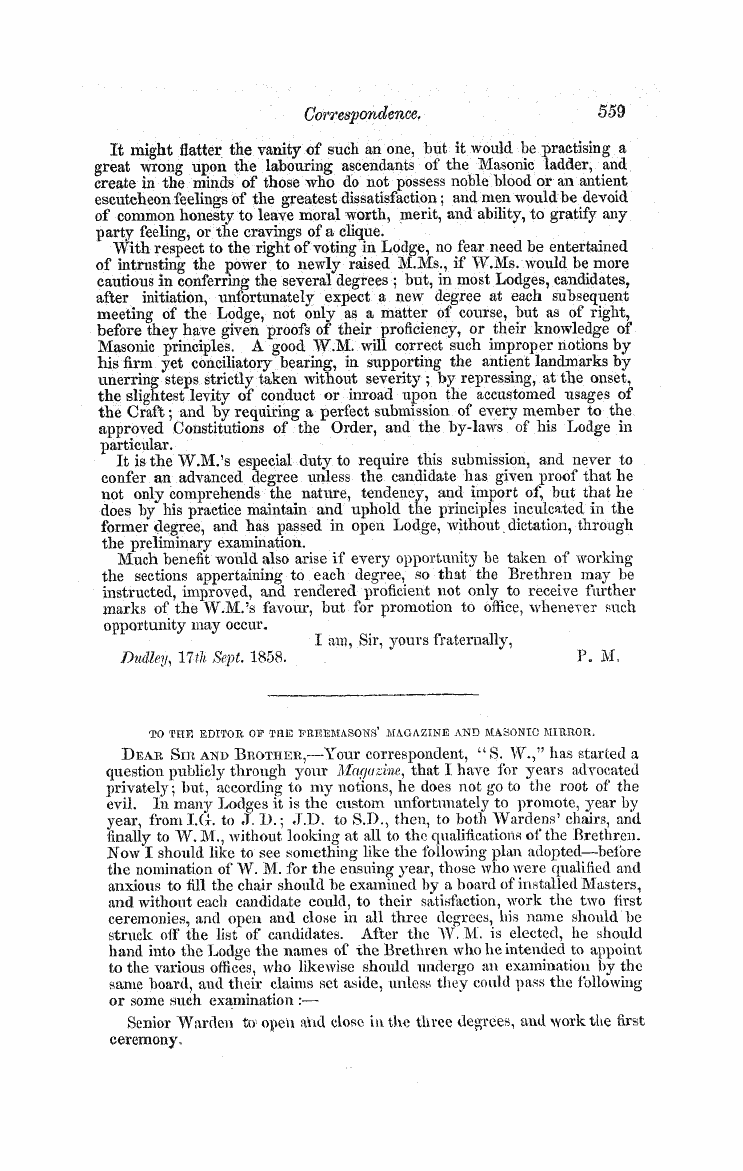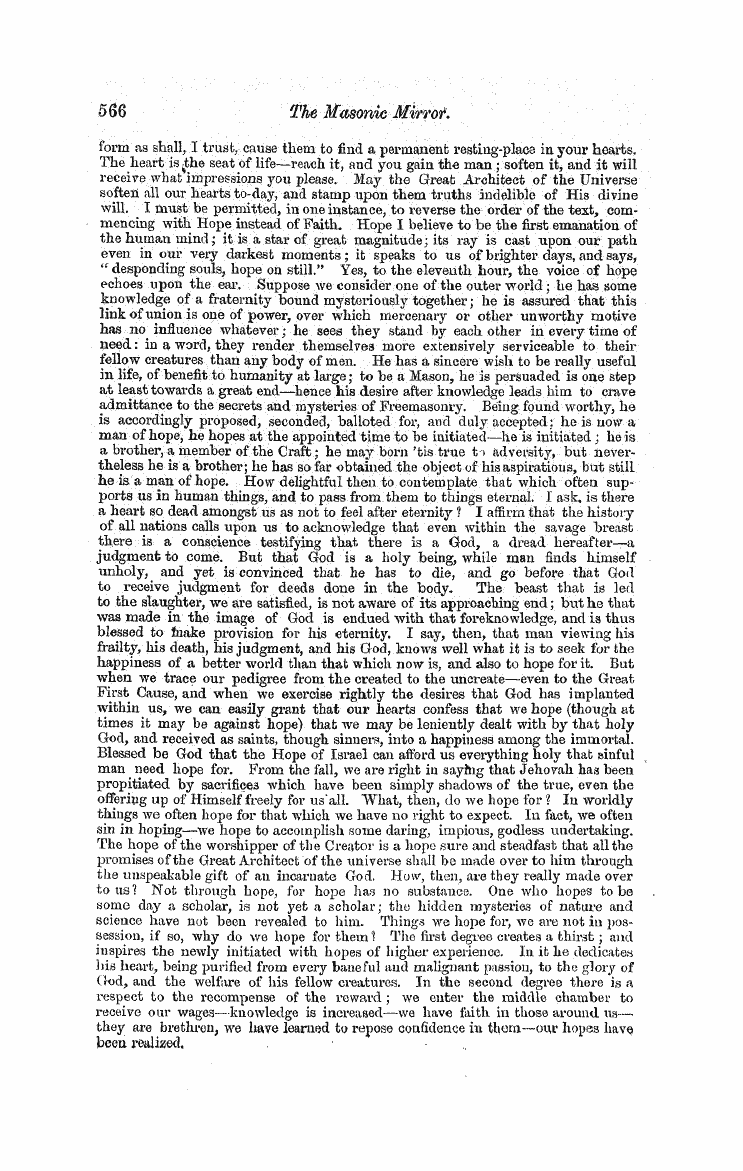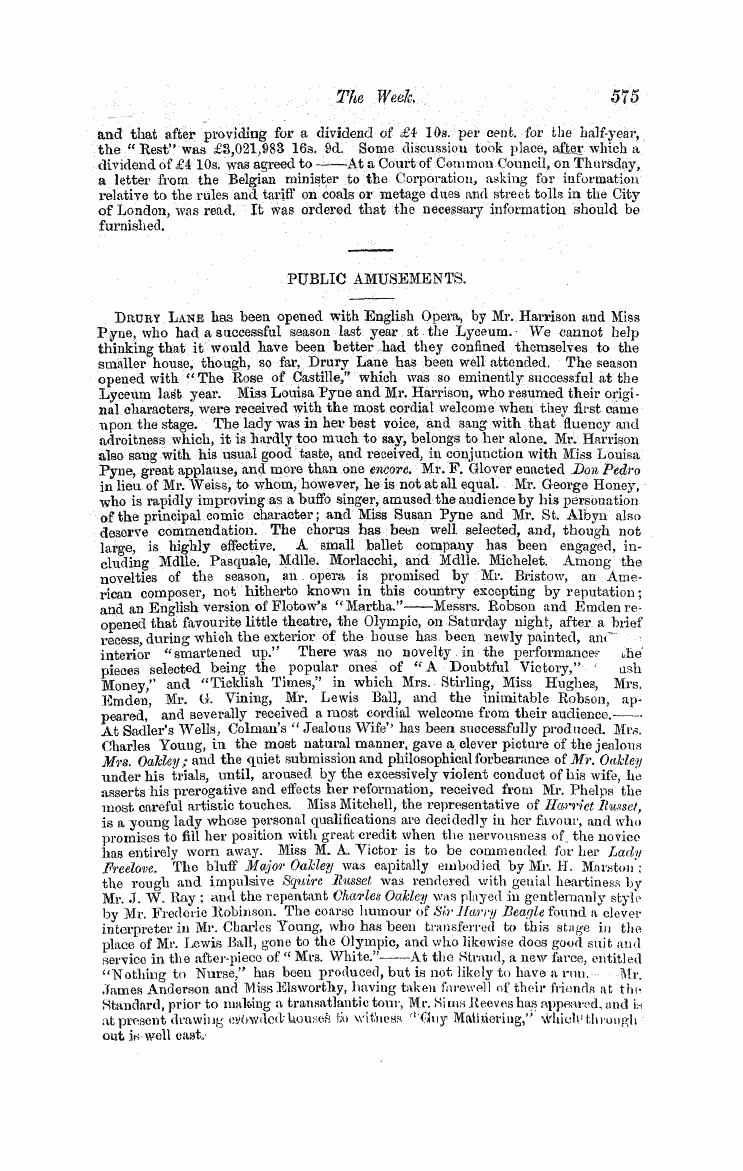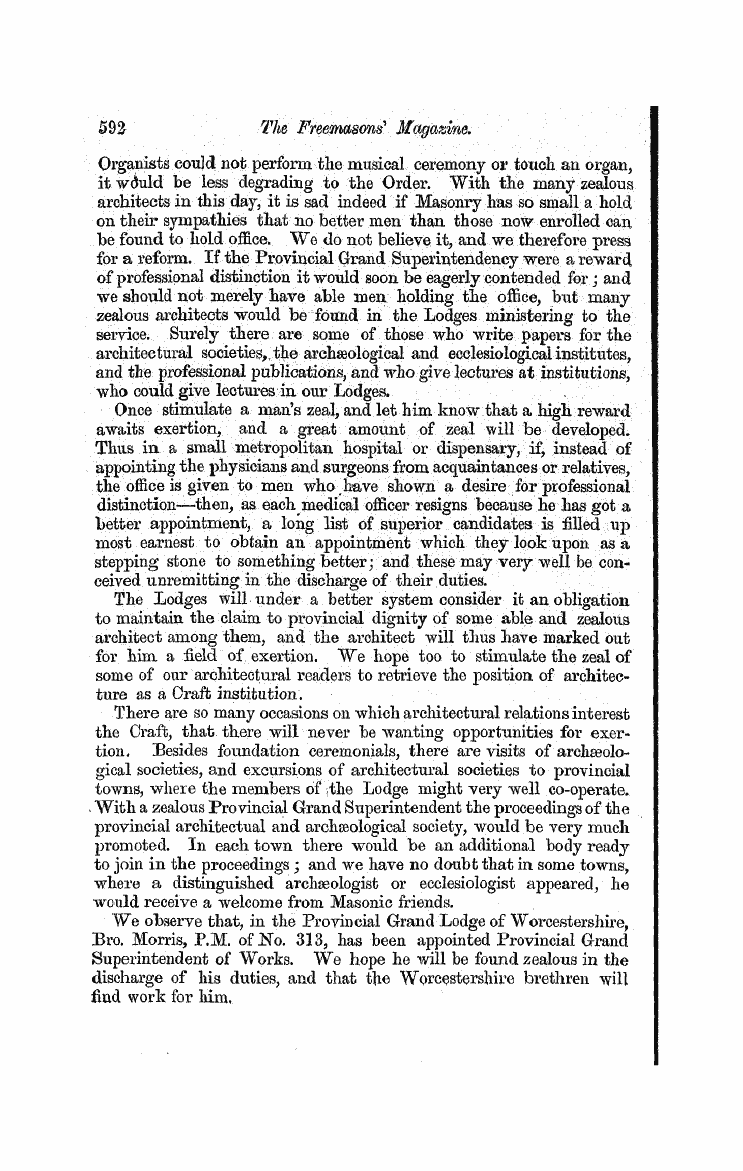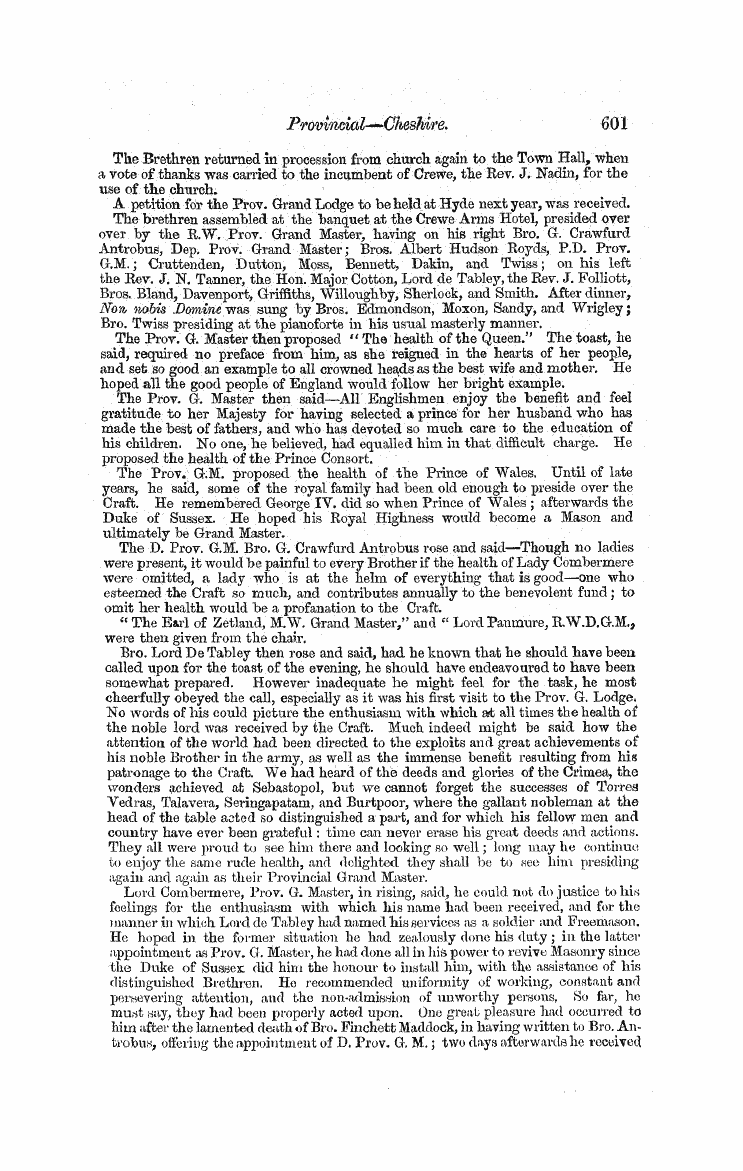Note: This text has been automatically extracted via Optical Character Recognition (OCR) software.
A^Clo¦> Saxoh History Illustrated By Top...
holding oujfc after its dissolution against the hostile W by which they were surrounded . We must be asked to believe that they received recruits from their own tribe in Germemia , who made their way as freely as Mormon emigrants have done to Utah , across Germania , across Gaul , across the seas , and into the inland of Britain ,
for the purpose of following agricultural pursuits . Thuswrere these Germanic settlements upheld till the gradual growth of the settlements on the Saxon shore filled up the country with English settlers intermingled with the wild Welsh ; and which settlemeiits , by some mystery , were mapped out as those of the East Saxons , Middle Saxons of Kent , and soforth , preserving for a long perioda distant political constitution under such names . The whole process we endeavour to wprk out is so monstrous and so much at variance with what we know of the habits of
the German ! , that it needs a large share of credulity to yield to it one ' s belief The only safe conclusion to which , we can come , is , that all bodies of Germanic emigrants and veterans introduced during the Roman period became Romanized , and while some were absorbed in the so-called Roman population , the chief portion became extinct .
Sir Francis Palgrave , who has done so much for the study of Anglo-Saxon and Anglo-Norman history , in his " Rise and Progress of the English Commonwealth , " vol . i , part 1 , p . 384 , thus propounds his theory of the Saxon shore \— It has been conjectured that this extensive tract was so denominated , in consequence of being continually exposed to the incursions of the Saxons ; but is it not more reasonable to assume that they had already fixed themselves in some
portion of the district ? lor it is a strange and anomalous process to name a country , not from its inhabitants , but its assailants , and on the opposite , ' dittus Saxonicurriy afterwards included in Normandy , they had obtained a permanent domicile in the neighbourhood of Baieux . " The name of Uttus Saxonicum has , however , no connexion
with the Saxon body at Baieux . Then , too , with regard to the anomaly assumed by Sir Francis , his terms do not constitute an anomaly , for the countries were not called Saxon countries , and , therefore , his conclusion is not justifiable . The countries were called Saxon shores , in the nature of borders , as our fathers spoke of the Welsh marches and
ofthe Scottish marches , and as we now speak of the Caffre frontier or Indian frontier . It was the shore exposed to Saxon assailants , that the count had to guard with his soldiers and protect by forts , and it was against their ships that his galleys had to watch or to put to sea to contend . That it was the shore particularly exposed to Saxon excursions its situation shows j and while tho Roman forts covered the
largest rivers and . best harbours , it is difficult to sec what convenient shelter the Saxons could obtain on the coast , or how they could safely occupy settlements inland when there were the Roman garrisons in the seaports arid the Roman colonim and wmnicipia in the inland for them to contend with . If they were received as allies , then the Count of the Saxon shore had not to fight with them at sea , and his functions were at an end ; if they were enemies , then he , the Count of the Saxon
Note: This text has been automatically extracted via Optical Character Recognition (OCR) software.
A^Clo¦> Saxoh History Illustrated By Top...
holding oujfc after its dissolution against the hostile W by which they were surrounded . We must be asked to believe that they received recruits from their own tribe in Germemia , who made their way as freely as Mormon emigrants have done to Utah , across Germania , across Gaul , across the seas , and into the inland of Britain ,
for the purpose of following agricultural pursuits . Thuswrere these Germanic settlements upheld till the gradual growth of the settlements on the Saxon shore filled up the country with English settlers intermingled with the wild Welsh ; and which settlemeiits , by some mystery , were mapped out as those of the East Saxons , Middle Saxons of Kent , and soforth , preserving for a long perioda distant political constitution under such names . The whole process we endeavour to wprk out is so monstrous and so much at variance with what we know of the habits of
the German ! , that it needs a large share of credulity to yield to it one ' s belief The only safe conclusion to which , we can come , is , that all bodies of Germanic emigrants and veterans introduced during the Roman period became Romanized , and while some were absorbed in the so-called Roman population , the chief portion became extinct .
Sir Francis Palgrave , who has done so much for the study of Anglo-Saxon and Anglo-Norman history , in his " Rise and Progress of the English Commonwealth , " vol . i , part 1 , p . 384 , thus propounds his theory of the Saxon shore \— It has been conjectured that this extensive tract was so denominated , in consequence of being continually exposed to the incursions of the Saxons ; but is it not more reasonable to assume that they had already fixed themselves in some
portion of the district ? lor it is a strange and anomalous process to name a country , not from its inhabitants , but its assailants , and on the opposite , ' dittus Saxonicurriy afterwards included in Normandy , they had obtained a permanent domicile in the neighbourhood of Baieux . " The name of Uttus Saxonicum has , however , no connexion
with the Saxon body at Baieux . Then , too , with regard to the anomaly assumed by Sir Francis , his terms do not constitute an anomaly , for the countries were not called Saxon countries , and , therefore , his conclusion is not justifiable . The countries were called Saxon shores , in the nature of borders , as our fathers spoke of the Welsh marches and
ofthe Scottish marches , and as we now speak of the Caffre frontier or Indian frontier . It was the shore exposed to Saxon assailants , that the count had to guard with his soldiers and protect by forts , and it was against their ships that his galleys had to watch or to put to sea to contend . That it was the shore particularly exposed to Saxon excursions its situation shows j and while tho Roman forts covered the
largest rivers and . best harbours , it is difficult to sec what convenient shelter the Saxons could obtain on the coast , or how they could safely occupy settlements inland when there were the Roman garrisons in the seaports arid the Roman colonim and wmnicipia in the inland for them to contend with . If they were received as allies , then the Count of the Saxon shore had not to fight with them at sea , and his functions were at an end ; if they were enemies , then he , the Count of the Saxon








